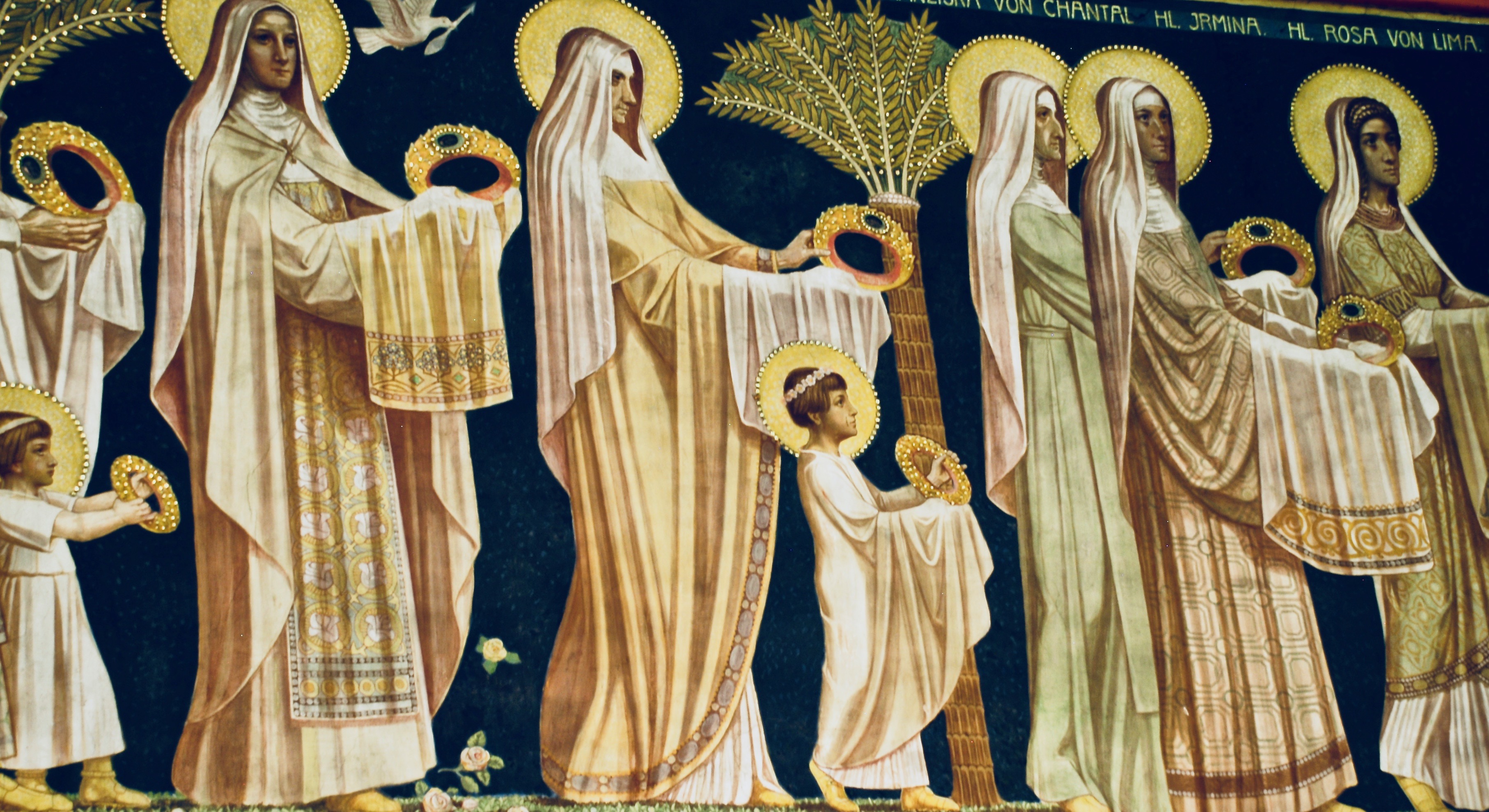Exposure
As a nation of nomads who live with and off the land, the inhabitants of the Kingdom of Sharisar feel little call to create permanent structures, and this is as true for them in death as it is in life. Rather than burying their dead or erecting tombs, Sharisians lay their dead to rest in the open air, so that their souls may be released freely into the world and onwards to their final destinations, whilst their bodies are reclaimed by nature and provide nourishment for the land and creatures that sustained the dead in life.
Execution
The process of exposure is in principle very simple: the body of the deceased is left in the open air, with no form of enclosed tomb or inhumation so that their body can be reclaimed by nature, whether that be through the actions of scavenging animals, or undisturbed decomposition.
Exposure has been the funeral practice of the people of the area now known as the Kingdom of Sharisar for as long as anyone can remember, and since the time of the first queen of Sharisar, Khojin Sharisar, the dead have been exposed in the area of the Salkhin Hills. This area has always been revered as a sacred site by the tribal and nomadic inhabitants of the Övsnii Sea, and following the exposure of Queen Khojin there after her death, the rest of the nation began to follow suit and have endeavoured to bring their dead to the Salkhin Hills ever since.
In practice, the families of the deceased will often engage in a funeral procession where they carry the dead on a stretcher or in an open casket from the foothills of the Salkhin Hills to a place that the head of the family deems suitable to lay them to rest. The stretchers and caskets that the dead are transported in are elaborately decorated and painstakingly constructed, as a testament to the respect that the family wishes to show them. The dead themselves normally dressed in their finest clothes and adorned with jewellery and other forms of bodily decoration, again to show the honour of the family that they have left behind.
As the Sharisians do not erect tombs or grave markers of any kind, the items that the dead are exposed with can act as a form of grave marker, especially when they are made of materials that do not decompose or deteriorate quickly, if at all. Families as well, will make a conscious effort to remember where their dead were exposed, and will often try to expose their dead in a similar location, to honour the legacy of their family as a whole.
Participants
On the whole, it is only the immediate family and very close friends who will travel with the deceased to expose them. Only rarely will a whole Caravan travel to witness an exposure, and when they do, it is only for individuals who are very highly respected and honoured amongst their community. The fact that travelling to the Salkhin Hills to carry out the ritual means that most Caravans will be unwilling to divert their traditional migratory route except for truly exceptional individuals. The only exception is the death of a monarch, where Caravans from across the Kingdom of Sharisar will converge on the Salkhin Hills to pay their respects and attend the exposure.
Primary Related Location




Comments